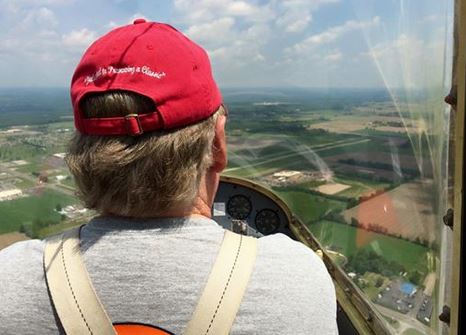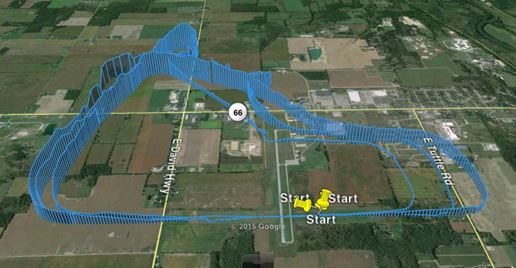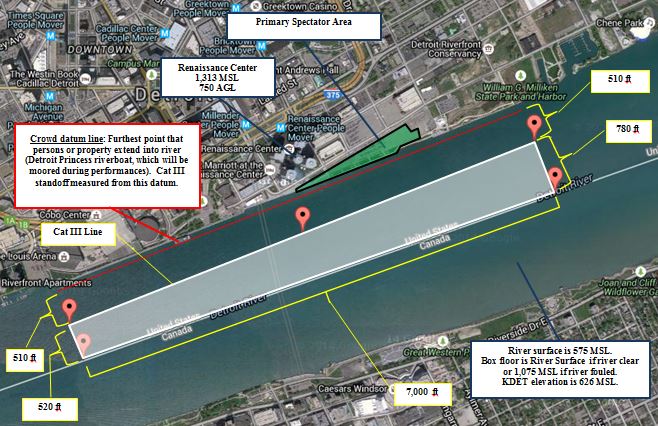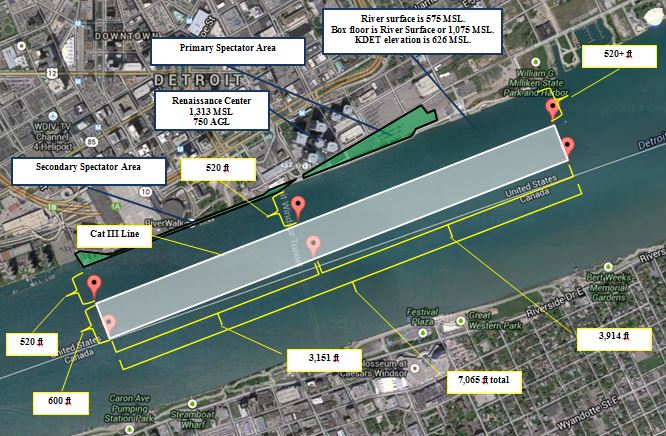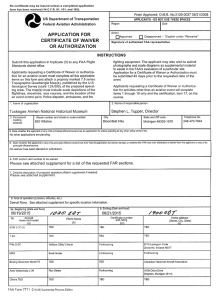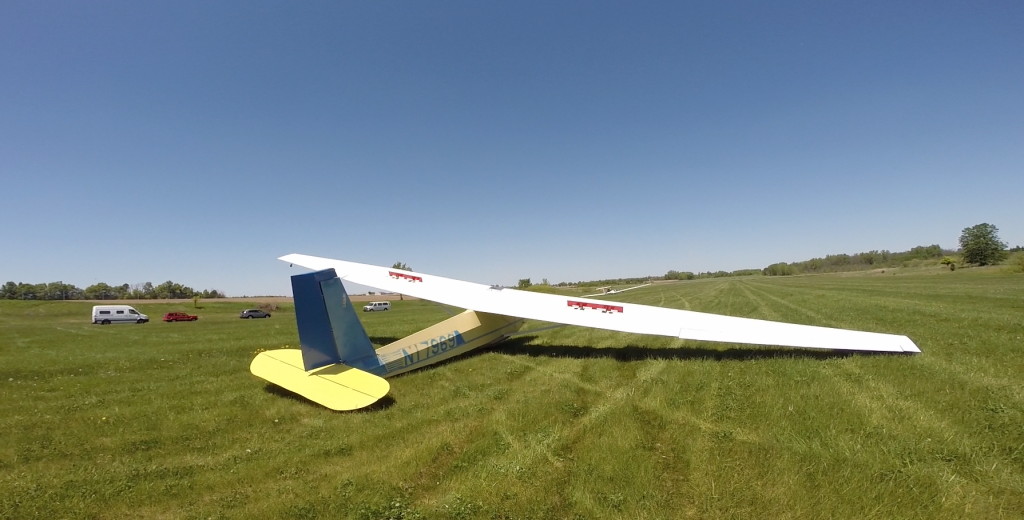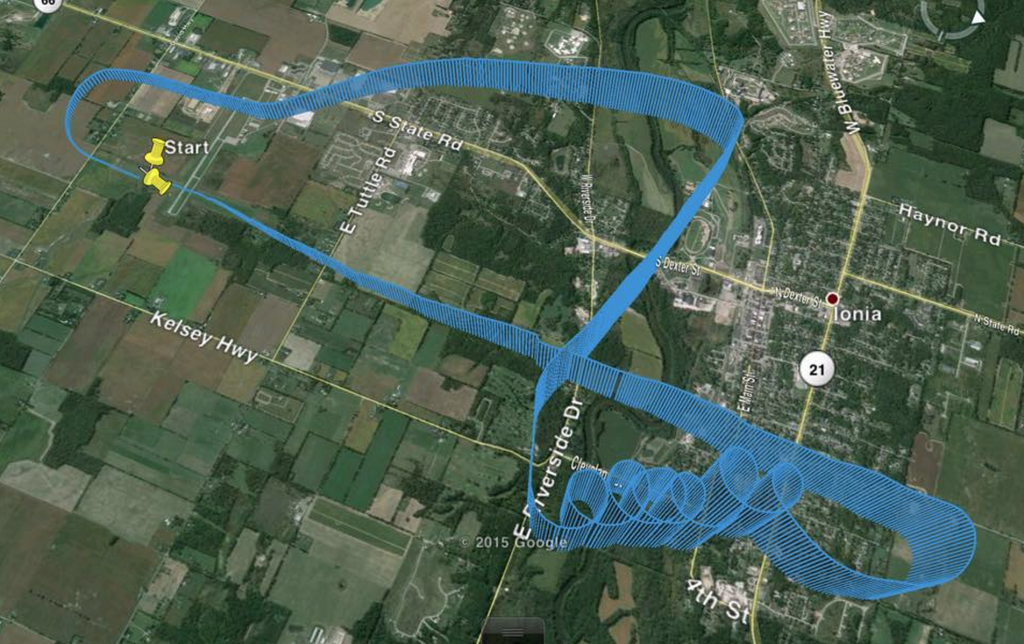 As Airspeed has swung into a higher operational tempo with the recent River Days airshow episodes, I’ve had more frequent occasion to be logged into Libsyn, uploading and managing the episodes. And a funny thing happened. The odometer on downloads passed 1,000,000.
As Airspeed has swung into a higher operational tempo with the recent River Days airshow episodes, I’ve had more frequent occasion to be logged into Libsyn, uploading and managing the episodes. And a funny thing happened. The odometer on downloads passed 1,000,000.
Airspeed moved to Libsyn during the second year of the show’s production. And many episodes are served through other providers, so the real number is likely larger. And a million is really just an arbitrary number. But a million is a million and deserves at least this modest note.
I realize that there are shows that get that kind of exposure in weeks or months. But that’s okay. Airspeed isn’t for everyone. The show goes really deep and follows the passions of those who love to fly fast, slow, and upside down and want to understand how it’s done. And, based on the people who flag me down or comment on the show, it reaches the people I most want to reach. Influencers, thought leaders, and dreamers. I couldn’t ask for a better audience. I’m talking to the people about whom I most care.
Thanks for listening and watching. There’s more where that came from!
